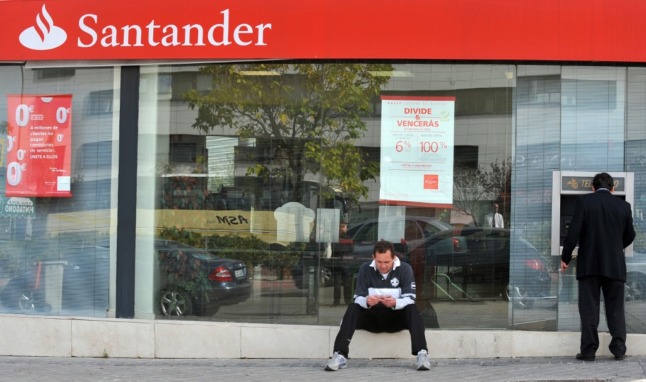There are considerations for their health and safety that you have to take seriously. Our two furry fiends have adapted and settled in well, and our mobile vet keeps them in the pink. Minnie is an elderly house cat, in danger only of sliding off a cushion. But the dogs, Raphael, and Mario, do venture into the great outdoors. Although Raphie is always supervised, being tiny, but unaware of that fact. Classic “Wee Man Syndrome.”
Back in Australia, where our local wildlife queues up to have a go at you every time you step outside, we kept a close eye on our pets. Even in suburban Sydney, several of my friends and family lost cats and dogs to snake and spider bites. One gung-ho cat of my acquaintance lost his right eye to a psychotic magpie.
Up in the Northern Territory or Queensland, magpies are the least of their worries. Crocodile attacks are more likely! One mate’s dog was taken by a tree python, and her chickens kept disappearing, until the culprit was finally caught and relocated. Another friend ran, naked, into her front garden one morning, fresh out of the shower, after reaching into the press for a towel and encountering a Taipan.
I did a bit of research before we came, and I was a bit surprised to find that there are a number of creatures that it’s best to avoid here in Green Galicia.
The ticks here are nasty, but ours back in Aus. cause fatal paralysis, so we don’t worry too much about Spanish ticks, and we carry a pocket tick-remover.
The processionary caterpillars that infest the pinewoods are pretty spooky though, and our region also boasts three types of venomous snake.
Being Aussie, I am genetically predisposed to give anything that slithers a wide birth, and a couple of impressive Montpellier snakes in my orchard have elicited undignified girly shrieks from me.
One was a good two metres long, and he was not a friendly bloke. The: “They are more afraid of you than you are of them” brigade can get lost. I am way more afraid of them than they are of me! Our neighbour’s cross-eyed, knock-kneed cat, fondly known as “The Ar**”, habitually drags live vipers into the house. He’s down to three lives by now, I reckon. Him and his owner.
A couple of weeks back, I took a drive to a local ferreteria (which, I was disappointed to discover, did not sell ferrets) and encountered four deer playing “Chicken” across the road. I had to perform a nifty swerve to avoid turning them into venison burgers.
On the return journey, the car was surrounded by long-horned cattle, who had escaped a nearby field and gone walkabout. The huge dog who was supposed to be minding them was sound asleep on the verge.
Now I am on the look-out for toads. Raphael got a bit too up-close and personal with one last night on the terrace. I am told that licking them can cause a violent, sometimes fatal, hallucinogenic reaction. I can’t say I was tempted, but the dog was.
The “leave it!” command that I taught him as a tiny pup has prevented a couple of near-death experiences over the years, and it saved him a trip to the emergency vet last night. Mr Toad was deftly flipped into a bucket and taken to the orchard, where I released him to the mercy of the snakes, unlicked.
Since arriving in Galicia, our garden has hosted field mice, weasels, mink, foxes, jabali, aforementioned reptiles, and thieving storks, who nicked all our kindling to use as building material for their nests. I was tempted to climb up the village clock tower to nick it back.
Now it is hunting season, and the guns are blasting away in the surrounding woods. Everything is running for cover. These guys fortify themselves with frequent toots of home-made hooch before locking and loading, so it’s best not to go walking, if you are wearing anything trimmed with faux-fur; you might find yourself staring down from someone’s trophy wall!
READ MORE:





 Please whitelist us to continue reading.
Please whitelist us to continue reading.
Member comments